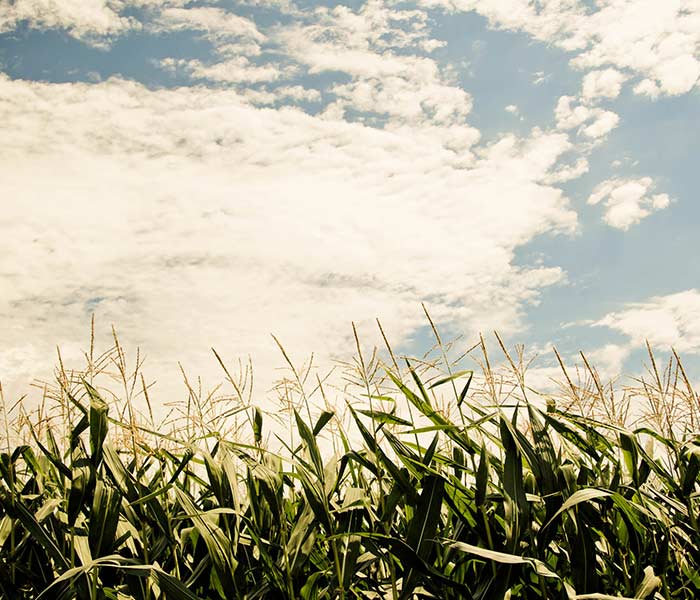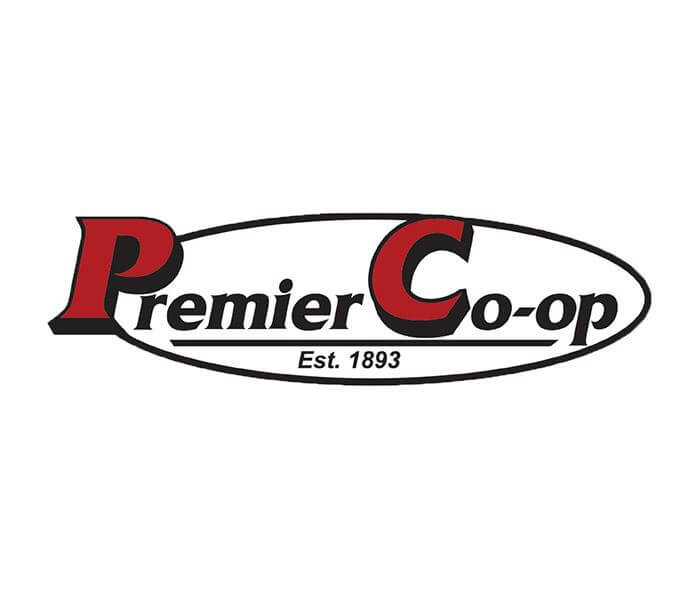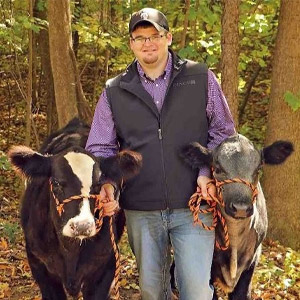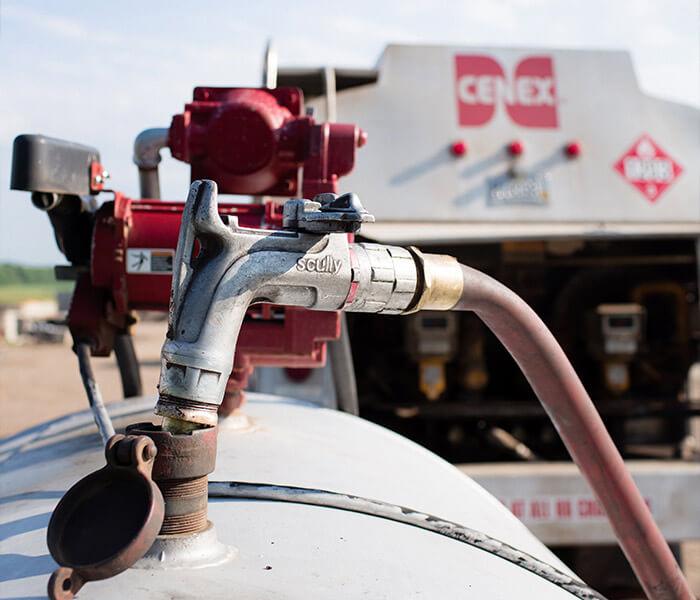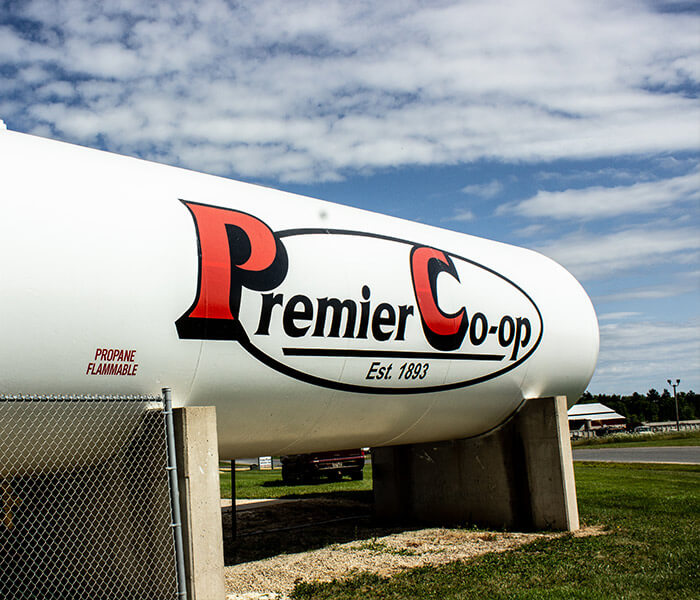What is the Grade?
Prime, Choice, Select, and Standard are the grades of beef that we see on the shelves. There has been an opportunity like no other in history for the dairy and beef producers to work together to improve both industries.
Firstly, the dairy industry has capitalized on a great opportunity to diversify and intensify genetic advancement on their dairies. The incorporation of selective mating systems utilizing beef bulls on dairy cows has allowed an opportunity to deplete undesired traits/low performers while generating increased revenues for dairy operators through the high prices of the resulting beef calves.
Conversely, the beef industry has relied on the cow assets of our dairy industry partners to fill a void in the demand for high quality beef by consumers that was created by a record low in beef cow inventory.
When we evaluate the crossing of beef on dairy, like many other industries there are Prime outcomes (the good), some things we need to Select (the bad), and some Standards (the ugly) we need to raise.
The Prime opportunities of crossing beef bulls on dairy cows include:
- Improvement in feed efficiency (environmental impact)
- Increased dressed yield percentage
- More desirable muscle conformation
- Enhanced grading, higher percentage of Choice/CAB carcasses
- Tenderness and enhanced flavor
There are a few concerns with the beef x dairy calves, such as
- Bullers/Bullocks
- Lung damage
- Wet heifers
Observations in packing houses have shown an increased number of missed testicles during castration leading to increased numbers of bullers, resulting in lower quality dark cutting meat. Secondly, by the time these animals reach the packing plant they are seeing increased lung tissue damage (80% damage). Lastly, there is a concern of wet heifers. Pen mates nursing heifers has resulted in “wet” heifers making it into slaughter plants and presenting bacterial contamination threats and increased trim.
The standard (the ugly) of beef on dairy that is at the forefront for improvement is the elevated incidence of liver abscesses. Losses associated with liver abscesses cost the beef industry approximately $409 million dollars annually. Traditional colored cattle exhibit liver abscess approximately 20-25% of the time, Holsteins roughly 29%, and beef on dairy exhibiting 68% abscess rate. Liver abscesses are live infections that not only affect the value of the liver, but also reduce feed conversion, carcass weight, ribeye area, as well as marbling score thus affecting quality grade.
As with all systems there is an opportunity to improve in this ever-growing beef on dairy industry. If you are looking for the opportunity to diversify your dairy operation, fill a void in your feedlot, or repurpose existing buildings, reach out to your Premier nutrition consultant to discuss the opportunity to use our Prime DBX program to reach your goals.
Always a great reminder...the west wasn’t won on salad! Enjoy a steak and celebrate the successes of the partnership of the dairy and beef industries.
Chris Blank
Livestock Nutritionist
